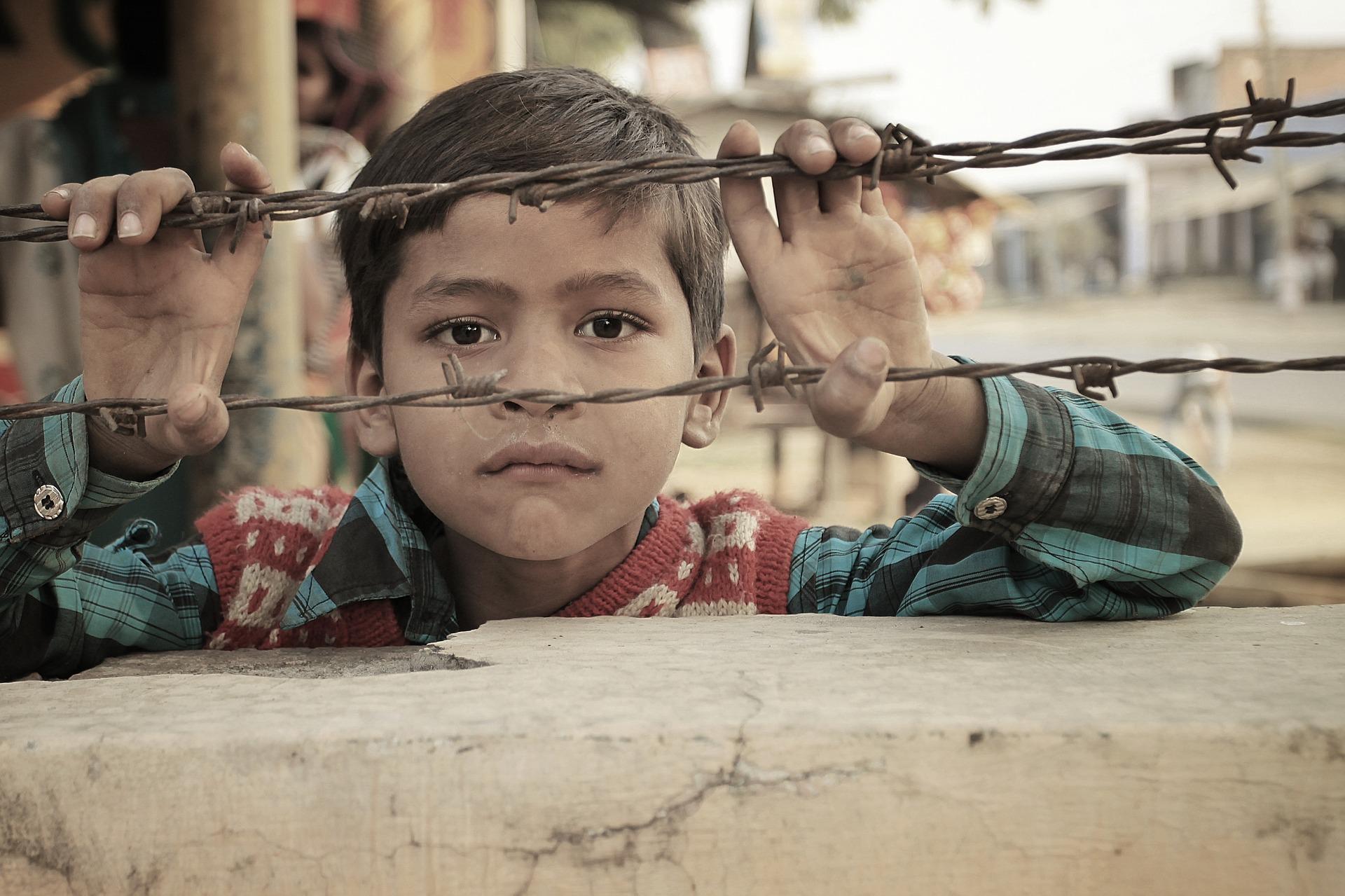
Designscape
 By Dr Mihir Bholey*
By Dr Mihir Bholey*
Skewed urbanisation and communal conflict
Following the riots of 2005, many commentators were drawn to a comparison of Paris’s “problem areas” with the U.S. urban ghettos. Households should not be required to move for the purpose of obtaining diversity, but neither should new communities be built that further segregation.
Unfortunately, in rapidly urbanizing India, cities are becoming the turf of violent conflicts. They can erupt at any moment due to any disaffection; religious, political, economic, or ethnic. On every such occasion, urban space turns into a battlespace. Ghettoized spaces and gated communities segregated by religious, caste and ethnic identities are becoming more preferred and pronounced with each act of communal violence. The endless clusters of contiguous habitats, congested alleys, and unmarked and undefined structures which often double or even triple up as living spaces, workplaces, and places of worship occupied by people on the basis of their religion, caste and cultural homogeneity stand out as the common factor at all the troubled areas including Jahangirpuri in Delhi, which saw the latest spurt of communal violence recently. The idea of ‘otherliness’ eventually turns these habitats into ghettos completely defying the spirit of inclusivity and accepting heterogeneity.
Allowing the development of such unplanned and often inhabitable clusters is one of the biggest blunders of India’s urban planning and failure of urban design. It becomes easier to exploit people’s emotions of primary group identity when they’re allowed or encouraged to live in ghettoized clusters under political patronage. However, what seems to be politically expedient eventually becomes an administrative nightmare. In the eventuality of any unrest enforcement of law and order becomes difficult due to the chances of collateral damage and its political impact. Therefore, immediate intervention is required at the level of urban policy, planning and spatial design to protect innocent citizens from ghettoized mentality, communal indoctrination and violent mobilization on flimsy issues.

A multi-religious, multicultural society like ours urbanizing at a pace of nearly thirty-four per cent must consciously evaluate its urban policy and design in the light of the changing demography and socio-economic landscape so that peace and harmony could be maintained and law and order could be enforced effectively. Successful models are available. To avoid the emergence of ethnic enclaves in residential neighbourhoods urban policymakers in Singapore have implemented strict ethnic quotas to stipulate the maximum proportion of representation for each ethnic group. Houses may not be sold to buyers of a particular ethnic group if they have reached their quotas. Though the socio-economic indices of India and Singapore may not be comparable, it’s a model worth reviewing.
Indian cities are not the only ones susceptible to intense communal conflict and violence. There’re many more on the list such as Jerusalem, Belfast, Johannesburg, Montreal, Algiers, Beirut, Karachi and Brussels to name a few. In all these places there’re unresolved conflicts emerging out of religious differences, ethnic identity, and nationalistic feelings. However, India’s situation is somewhat different as it’s going through a rapid yet unplanned urban transition. In 2020, over a third of India’s population became urban dwellers. The trend shows a four per cent growth in urbanisation over the last decade. It’s challenging the existing model of urban governance, policy, planning and spatial design. Strange, but true, most of our cities whether Delhi, Mumbai. Kolkata, Ahmedabad, Lucknow, Patna or any other have experienced a steady growth of urban clusters segregated on communal lines. With each communal conflict, they’re getting further reinforced. It’s not only leading to skewed demographic change but also altering the existing urban planning, design of buildings, and common spaces, burdening infrastructure and eventually leading to urban distress, suspicion and discontent. We now need to revisit the objective of our urban policy and planning in light of these emerging challenges.
It’s well established that ethnic and communal conflicts are predominantly urban phenomena. Segregation and concentration of population on these lines have been debated politically and academically. But their impact on urban policy, planning and design has remained conspicuously absent which encourages communities to indulge in acts of encroachment and unauthorised constructions which often become a safe haven for anti-social elements. Today, when we’re making conscious efforts towards making our cities ‘smart cities’, we cannot remain oblivious that they need to be safe and resilient. Urban policies and design should ensure that the neighbourhoods are homogeneous and boundaries are porous. Ghettoized places become vulnerable to communal hatred, mistrust and xenophobia. It’s ironic that safety and security which remain one of the prime expectations of people from the city are threatened every now and then. One of the principles of urban planning emphasises that households should not be moved just for the sake of obtaining diversity, but even communities should not be allowed to build to further segregation. In the wake of this new development, we must revisit our urban policy, planning and design.
*Author is a Professor of Interdisciplinary Design Studies at the National Institute of Design, Ahmedabad. Views expressed are personal.






Pertinent topic taken up by Dr. Mihir Bholey which requires urgent attention. The authorities must deal with ghettonisation issue with proper planning without any further delay because it has been lingering on since Independence when both Nehru and Sardar Patel differed on the approach to the issue. We can take a leaf out of Singapore model, but given the demographic, political and other differences between India and Singapore, the model will have to be fine tuned to suit our unique society and situation.
Wonderful article in a lucide and fantastic manner on a issue of urgent and serious concern of ervery one and specially for those responsible for shaping the the nation for brigth and safe future
Congratulations & all the best Pro Mihir Bholey